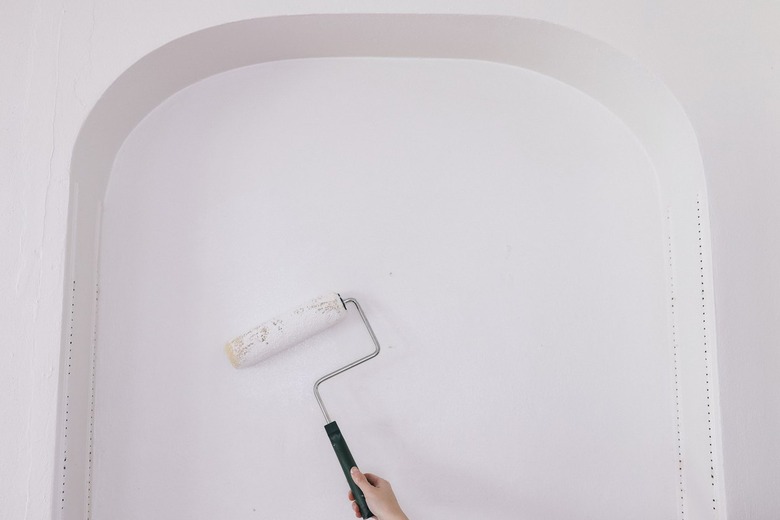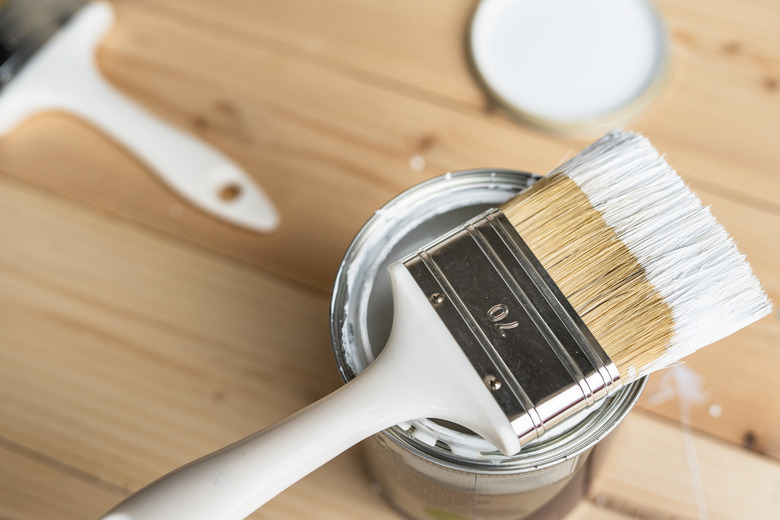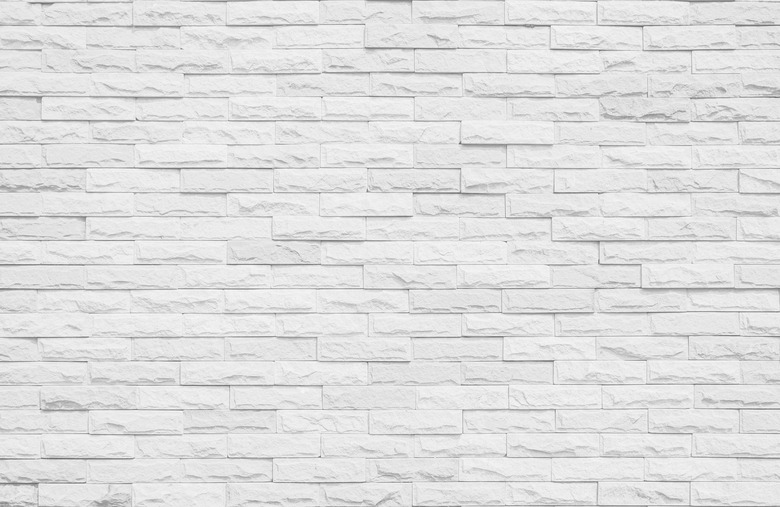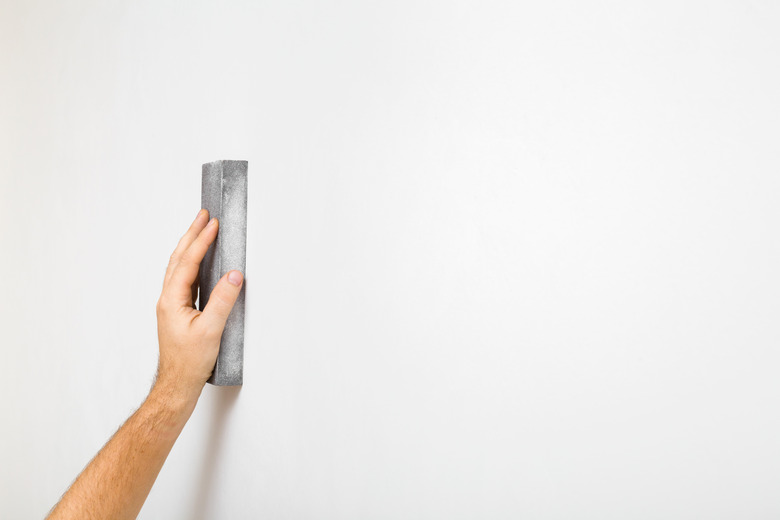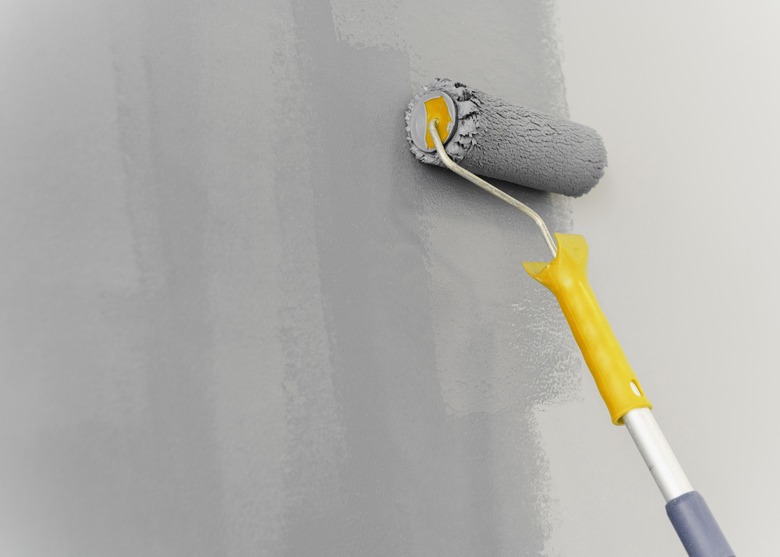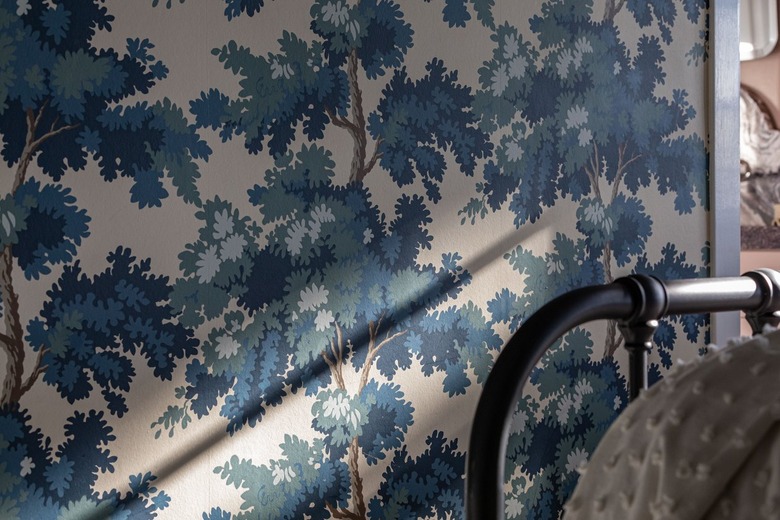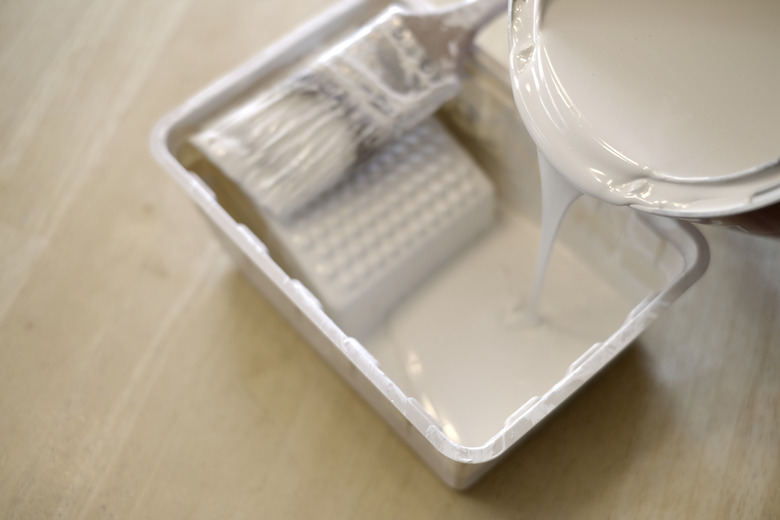5 Times You Absolutely Need To Prime Before Painting
Painting a wall is a big task in and of itself, so applying primer before painting can seem like an annoying extra step. It's almost always worth it to prime before painting interior walls because it helps the paint adhere to the wall, fills in cracks, and creates an even painting surface. But in some situations, you can skip it without risking ruining your paint job.
What Is Primer?
What Is Primer?
Primer looks and spreads like paint, but it contains a higher concentration of solids as well as an adhesive binder. They can be oil-based, shellac-based, or latex-based. Because of the large amount of volatile organic compounds they release, the first two aren't suitable for interior use. Primers cover imperfections on your wall, hide stains, and prevent them from bleeding through the new paint, and create an even, blank canvas. There are five situations in which you should always apply primer before painting.
Tip
Most primers are white. If you're painting your walls a dark color, it pays to tint the primer, as it can make the difference between two and three topcoats. Ask the sales clerk to do this for you when you buy the primer.
1. When Painting Brick and Masonry
1. When Painting Brick and Masonry
Brick and masonry are very porous materials. They'll readily soak up paint, which will leave you with splotchy, uneven paint. Applying primer beforehand will seal the masonry and provide a smoother painting surface so your paint job will look like it was done by a pro.
2. When Painting New Drywall
2. When Painting New Drywall
Priming new drywall is always a good idea. Like brick and masonry, drywall paper and mud are porous materials. Primer seals the pores and evens out the surface. If you skip it, you won't be able to produce a uniform topcoat.
3. When Painting Latex Paint Over Oil-Based Paint
3. When Painting Latex Paint Over Oil-Based Paint
Latex paint, which is water-based, doesn't adhere well to oil-based paint. If you're painting in an old house and you suspect the existing paint is oil-based, prime with a latex primer to ensure adhesion of the latex topcoat.
4. When Painting Over Dark-Colored Paint
4. When Painting Over Dark-Colored Paint
Applying primer when painting over dark-colored paint is absolutely essential, especially if you're repainting it a lighter color. Otherwise, it could take several coats before you see a solid wash of color. Even then, the dark paint color could be tinting the lighter color, so you won't get the results you're seeking. Applying primer first fixes this problem.
5. When Painting Wallpaper or Wood Paneling
5. When Painting Wallpaper or Wood Paneling
If you're painting over wallpaper, whether vinyl or paper, apply a coat of primer first. Paper wallpaper absorbs paint and needs a primer to smooth things out and ensure an even topcoat. Vinyl wallpaper isn't porous, but it needs PVA or shellac-based primer to ensure paint adhesion.
The same is true for finished wood paneling. After de-glossing the paneling with a solution of trisodium phosphate and water, apply a coat of primer to prevent the topcoat from peeling or bubbling.
When It's OK to Skip Primer
When It's OK to Skip Primer
Primer isn't always necessary. Feel free to skip it if you're painting a wall that has been previously painted with flat (or matte) paint, especially if it is a light color.
Even if you do need primer, you don't always have to prime the entire wall before painting. If there is noticeable discoloration, you should spot prime with a stain-blocking latex primer to cover tannin stains or smoke damage. This is true for both previously painted drywall or wood-paneled walls.
